It is important in IVF to know how your embryos look like before you are able to choose them before transfer. By choosing the right one, it will increase your chance to get pregnant and reduce your risk of multiple pregnancies.
Only up to 60% of the embryos will reach day 5 stage (blastocyst).
An IVF cycle should result in the retrieval of mature eggs. The eggs will be allowed to settle for a few hours, then within the afternoon, it will fertilise with the sperm by either in vitro fertilisation (IVF) or intra cytoplasmic sperms insemination (ICSI). However, only up to 60% of the embryos will reach day 5 stage (blastocyst). The low rate of embryo development has 2 main causes i.e. a less than optimal culture environment in the lab dish and the inherent “weakness” of human embryos itself.
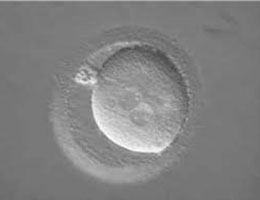
Day 1 Embryo (24 hours)
After 24 hours, the embryo will still be a single cell with two-Pro-Nuclei (2PN). Only 80% to 90% of the fertilized eggs will turn into 2PN stage. Embryos are rarely transferred at this point because you cannot tell which embryos within the group will be the most likely to continue to grow properly.
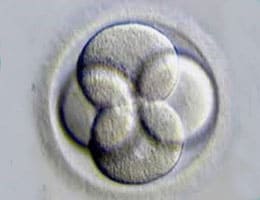
Day 2 Embryo (48 hours)
After 48 hours, the embryo should be 3 to 4 cells stage and the embryos can be transferred at this stage. However, if you have multiple embryos, your doctor would recommend you to let the embryos go to day 3. By allowing the embryos to go to day 3, only the healthy embryos will survive to day 3. Hence it might improve your chances of getting pregnant by the process of natural selection.
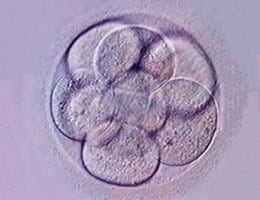
Day 3 embryos (72 hours)
On day 3 the embryos should be between 6 to 8 cells. More than this range the embryos may be growing too fast, using up the energy stored by the eggs and therefore more likely burn out before they get the chance to implant. Slower than this range, the concern is that the embryos would not continue to divide at all.
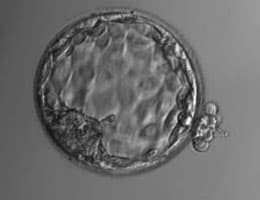
Step 5 – embryo development inside the lab
The goal of in vitro fertilization and embryo culture is to provide high quality embryos which are capable of continued development and result in live births. However, under standard IVF culture conditions, only upto 60% of human embryos progress to the blastocyst stage after 5 days of culture. Sometimes your doctor may allow the embryos to go to day 6, which is called hatching blastocyst and never beyond day 6.
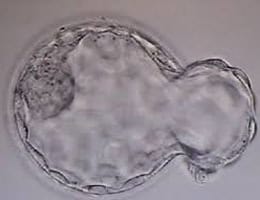
Hatching blastocyst on Day 6
Blastocyst transfer is ideal with highest pregnancy rate compared to day 2 or day 3 embryos. By giving an extra 2 days, it will result in better natural selections of the embryos. Furthermore, the blastocyst stage embryos should ideally be in the uterine cavity compared to day 2 or day 3 embryos which should be within the fallopian tube rather than the uterine cavity. The uterine lining is more receptive to the arriving embryo on day 5, which is similar to natural pregnancy.
However this may not be a fair comparison. Perhaps pregnancy rates would have been just as good transferring 3 embryos on day 3 versus 2 embryos on day 5? It is a fact that the more embryos you put in the higher is the success rate but the risk of multiple pregnancies are also higher.
Age should be taken into consideration when deciding day of transfer.
Doctors and laboratory staff will cite many factors when comparing day 2/3 transfer to day 5 (blastocyst) transfer. Age should be taken into consideration when deciding day of transfer. If you are more than 40 years old, it should always be a day 2/3 transfer. Also if you have few embryos, your doctor would also recommend day 2/3 transfers. When you have few embryos in your cohort, the risk of the embryos dying before you reach day 5 is high, resulting in no transfers at all. Culture media, where the embryos are kept, also play a part in the success rate. Poor culture media will result in death of the embryos.
Grading of the embryos are not only done based on the number of cells in an embryo. The other factor your embryologist would check would be the percentage of fragmentation of the dividing cells. As cells divide, they leave fragments behind and too many fragments suggest that cells may not be dividing properly. Higher fragmentations will result in poor quality embryos.
…the debate goes on. Good people can disagree. My advice would be to accept the day that your particular laboratory favours as long as you understand the process of your embryos growing in the laboratory. In this way, you will be maximizing your chances.
Share:
Was this article helpful?
Articles and Video
Learn more about Obstetrics And Gynecology And Reproductive Medicine in Columbia Asia
Learn MoreShare:
Was this article helpful?
Health Packages
Elevate your health with tailored health packages at Columbia Asia Hospital. Take charge of your health journey today.
AIA Policyholders Self-pay Benefits
Pink October 2025
From
RM80
Pink October 2024
From
RM80
HLA Policyholders Promo: Influenza Vaccination
RM65
Find Out More
